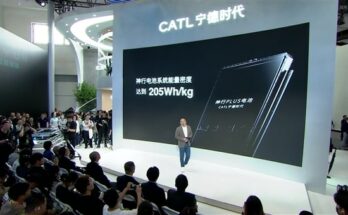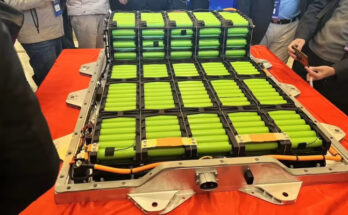Starting a car in cold winter conditions can be challenging, especially for a weak or depleted battery. Several factors contribute to the difficulty of starting a car with a weak battery in chilly weather conditions:
Related: Guide: Maintaining Your Car Battery
- Chemical Reactions:
- Car batteries rely on chemical reactions to generate electrical energy. Cold temperatures slow down these chemical reactions, reducing the battery’s ability to produce sufficient power.
- In colder conditions, the chemical processes within the battery become less efficient, leading to a decrease in the overall electrical output.
- Increased Internal Resistance:
- Cold temperatures increase the internal resistance of the battery. Higher resistance means that the battery has to work harder to deliver the required electrical current.
- A weak battery already has higher internal resistance due to factors like age, sulfation, or low electrolyte levels. When combined with the increased resistance caused by cold temperatures, the overall output is significantly diminished.
- Oil Viscosity:
- In cold weather, engine oil becomes more viscous, making it harder for the engine to turn over. This increases the load on the battery when starting the car.
- A weak battery may struggle to provide the necessary power to overcome the additional resistance posed by the thickened oil.
- Reduced Capacity:
- Cold temperatures reduce the effective capacity of a battery. Even a fully charged battery may not deliver as much power in cold weather as it would in milder conditions.
- A weak battery already has reduced capacity due to wear and tear, making it even less capable of meeting the increased demands of starting a car in the cold.
- Diminished Cranking Power:
- The cold weather affects the cranking power needed to turn the engine over. The starter motor requires more power to rotate the engine when it’s cold.
- A weak battery, with its diminished capacity and increased internal resistance, struggles to provide the necessary cranking power.
- Voltage Drop:
- Cold temperatures can cause a temporary voltage drop when the battery is not in use. This drop can be more pronounced in weak batteries, leading to insufficient voltage for starting the car.
- Age and Wear:
- The overall age and wear of a weak battery contribute to its reduced performance. As a battery ages, its ability to hold a charge and deliver power decreases, making it particularly susceptible to challenges posed by cold weather.
Related: The Correct Way to Jump-Start a Car Battery
To mitigate starting issues in cold weather, it’s essential to ensure that the battery is in good condition, and properly charged. Regular maintenance, including checking the battery’s health, can help prevent starting problems, especially during the winter months.

I don’t eat, sleep or dream of cars, I am just someone who loves to see, think & write about cars. I love Ferrari in Pink but they won’t make one for me. I use X to write my full name, but that doesn’t mean I’m inspired by Altis X, in fact, my dad hates it 😀 Btw I’m an occasional writer so don’t expect too much from me 🙂




